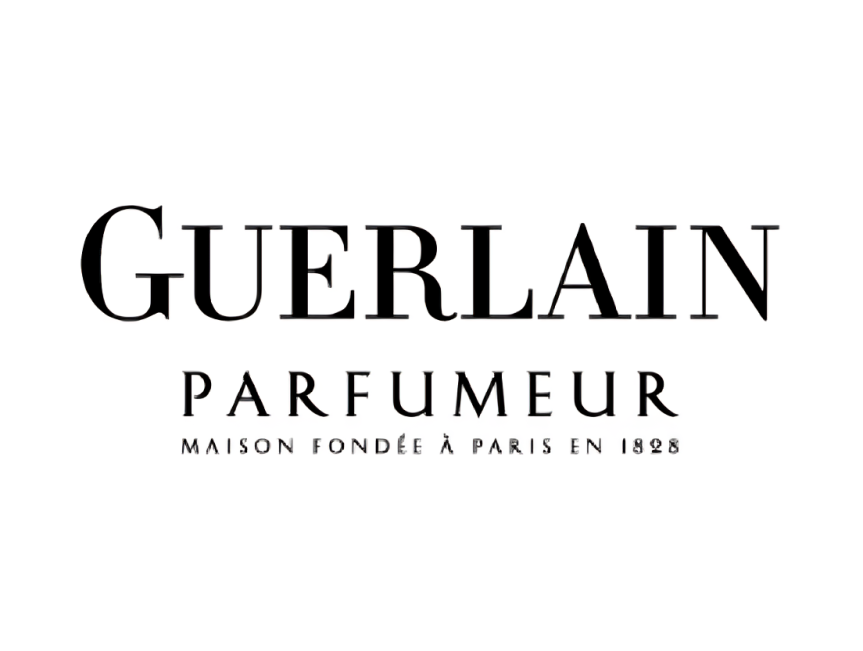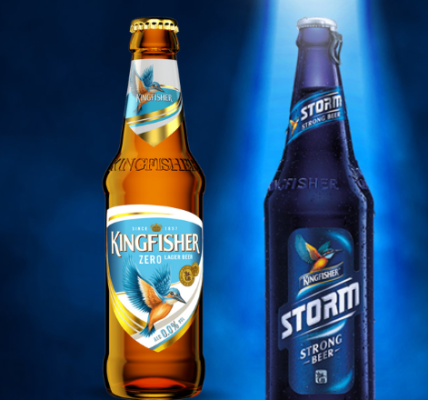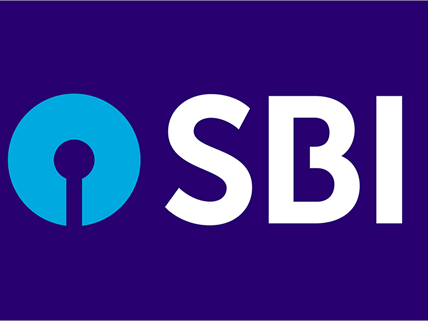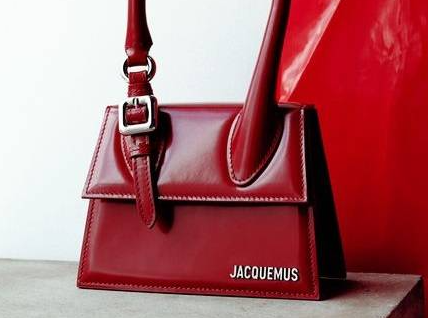Introduction
Guerlain is one of the world’s oldest and most iconic perfume, cosmetics, and skincare houses. Founded in Paris in 1828 by perfumer Pierre-François Pascal Guerlain, the brand quickly became synonymous with French elegance, luxury, and innovation. Known for its signature olfactory accord, the “Guerlinade”, Guerlain continues to influence global beauty trends under the ownership of LVMH since 1994. Its flagship boutique at 68, Avenue des Champs-Élysées in Paris remains a symbol of timeless sophistication.

History of Guerlain
The Beginning
In 1828, Pierre-François Pascal Guerlain opened his first perfume shop at 42, rue de Rivoli, Paris. With the help of his sons Aimé and Gabriel, he created bespoke fragrances that attracted high society. By 1840, Guerlain opened a flagship at 15, rue de la Paix, solidifying its place in Parisian luxury culture.
The turning point came in 1853, with the creation of Eau de Cologne Impériale for Napoleon III and Empress Eugénie. This masterpiece earned Guerlain the prestigious title of “His Majesty’s Official Perfumer” and established royal patronage across Europe.
The Second Generation
After Pierre-François’ passing in 1864, his sons Aimé and Gabriel took over. Aimé became the master perfumer, creating Fleur d’Italie (1884), Rococo (1887), and the revolutionary Jicky (1889), considered the first “modern perfume” blending natural and synthetic ingredients.
The Third Generation
In the early 20th century, Jacques Guerlain, Aimé’s nephew, elevated the brand with legendary creations like Mitsouko (1919), Shalimar (1925), and Vol de Nuit (1933). His compositions remain benchmarks in the perfume industry.
The Fourth Generation
Jean-Paul Guerlain, the last family master perfumer, introduced classics such as Vétiver (1959), Habit Rouge (1965), Nahema (1979), and Samsara (1989). He retired in 2002, marking the end of the Guerlain family’s direct perfumery lineage.
Acquisition by LVMH
In 1994, Guerlain joined the LVMH Group, ensuring global expansion while preserving its heritage. Notable modern creations under LVMH include Champs-Élysées (1996), Insolence (2006), La Petite Robe Noire (2012), and Mon Guerlain (2017).
Guerlain’s Iconic Perfumes
Since its foundation, Guerlain has crafted over 600 fragrances, many of which have become timeless icons:
- Eau de Cologne Impériale (1853) – Created for Empress Eugénie
- Jicky (1889) – The first modern perfume
- Mitsouko (1919) – A chypre masterpiece
- Shalimar (1925) – Guerlain’s flagship oriental fragrance
- Vétiver (1959) – A classic men’s scent
- Habit Rouge (1965) – The first oriental for men
- Samsara (1989) – A sensual blend of jasmine and sandalwood
- La Petite Robe Noire (2012) – Inspired by the “little black dress”
- Mon Guerlain (2017) – A modern signature fragrance
Skincare & Cosmetics
Beyond fragrance, Guerlain offers luxury skincare and cosmetics, including the acclaimed Orchidée Impériale line and exclusive makeup collections. With global availability at Sephora, department stores, and dedicated Guerlain boutiques, the brand remains a leader in beauty innovation.
Modern Initiatives
Guerlain continues to combine luxury with sustainability. In 2018, the house launched a bee protection initiative, reflecting its commitment to biodiversity. In 2021, the program expanded globally through Bee School Sessions. The brand also collaborates with global ambassadors like Michelle Yeoh, Natalia Vodianova, and Balqees Fathi.
Conclusion
From royal courts to modern beauty counters, Guerlain has defined French luxury for nearly two centuries. With its unique blend of tradition, artistry, and innovation, Guerlain remains a global leader in fragrance, cosmetics, and skincare.





